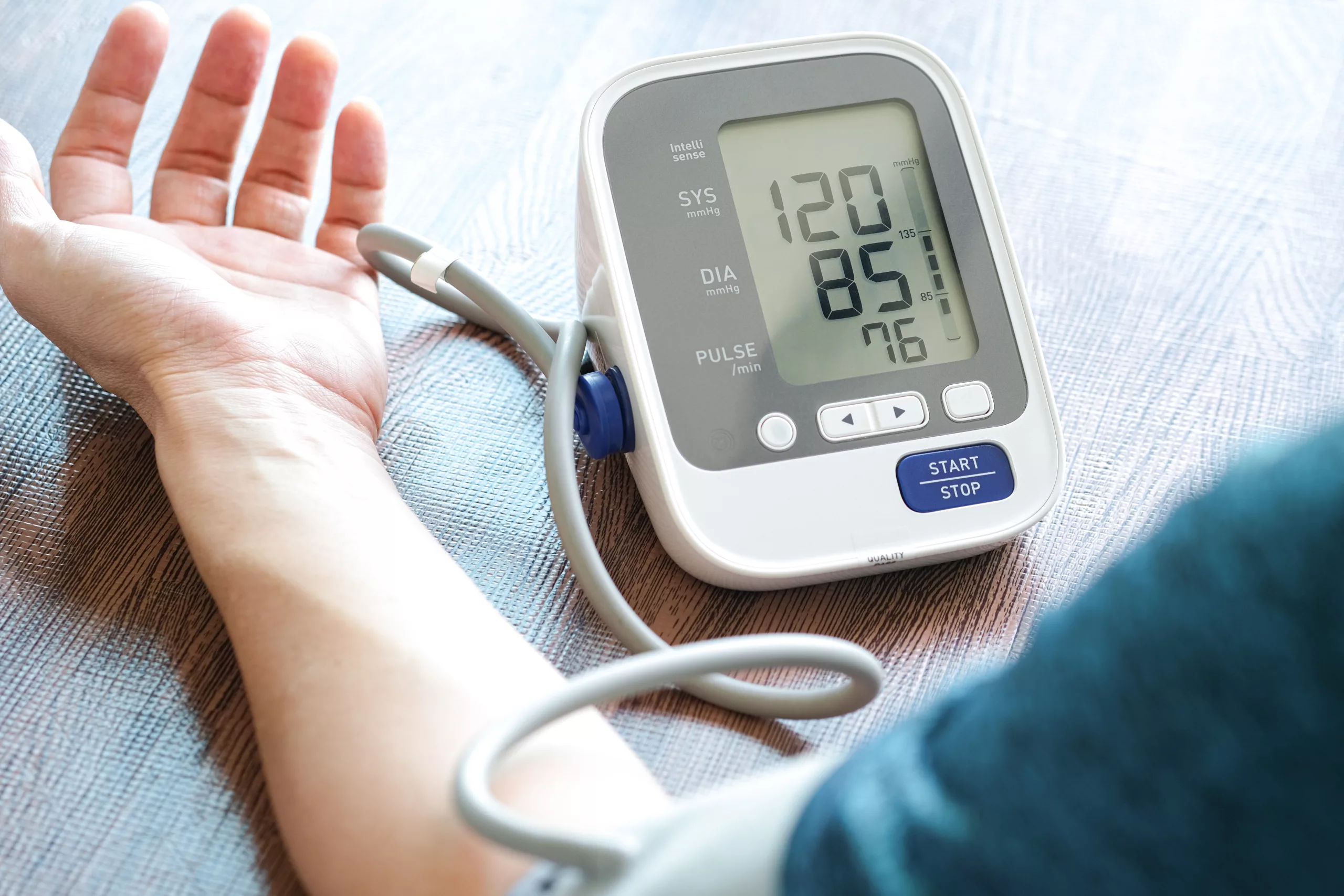In the era of at-home use devices, wearables, and other types of devices that put lay-people in charge of their own healthcare, useability is becoming an increasingly hot topic within the industry. Anybody who has been through the Medical Device regulatory process with the FDA knows that there is a specific highlight on risk management and reasonably foreseeable misuse as defined by ISO 14971. This is true for all medical devices, even the ones used by healthcare professionals, but there is a whole other obstacle that gets thrown in the mix when you are designing a device to be used by a lay person.
As defined by the FDA, “Human factors/usability engineering focuses on the interactions between people and devices.”[1] This is particularly critical for at-home use devices, where the device is not being operated or monitored by a well-trained professional. For these types of devices, the FDA will look for sufficient evidence that any risks associated with misuse (intentional or otherwise) have been addressed and mitigated. In order to do this, robust validation must be conducted by the manufacturer.
A well-designed device that considers human factors and useability requires that you fully understand your intended population. People interpret information, make decisions, and manipulate devices in a variety of ways based on any number of factors. It is not enough to simply say “most people should understand this”. Your useability validation should examine how users utilize the device, and how the device performs with different users, across the entire spectrum of the user population. Several different variables need to be considered, including cognitive level of the user, age, etc.
It’s not just about how the user will use the device, but also how the device will respond to different users and factors. The Apple Watch (who’s ECG app is FDA approved via the De Novo pathway) famously had issues with users who had tattoos under where the sensor lays. This is an example of where useability/human factors testing could have been more robust, to take into account different skin pigmentations and those with tattoos.
Once you have determined what human factors risks exist for your device, it is your responsibility to determine how to mitigate them appropriately. Per ISO 14971, safety by inherent design is always going to be preferred. Simply conducting training or providing instructions for use may be sufficient supplementary materials, but generally shouldn’t be your main mitigation. Of course, the level of validation and risk mitigation depends on the type of risk, the overall risk of the device, and the level of involvement that the user has with the device.
EMMA International can help review your human factors, develop robust validation plans, and support your device through the regulatory process and even into post-market. Contact us at 248-987-4497 or email info@emmainternational.com to learn more!
[1] FDA (May 2022) Human Factors and Medical Devices retrieved on 10/29/2023 from: https://www.fda.gov/medical-devices/device-advice-comprehensive-regulatory-assistance/human-factors-and-medical-devices






